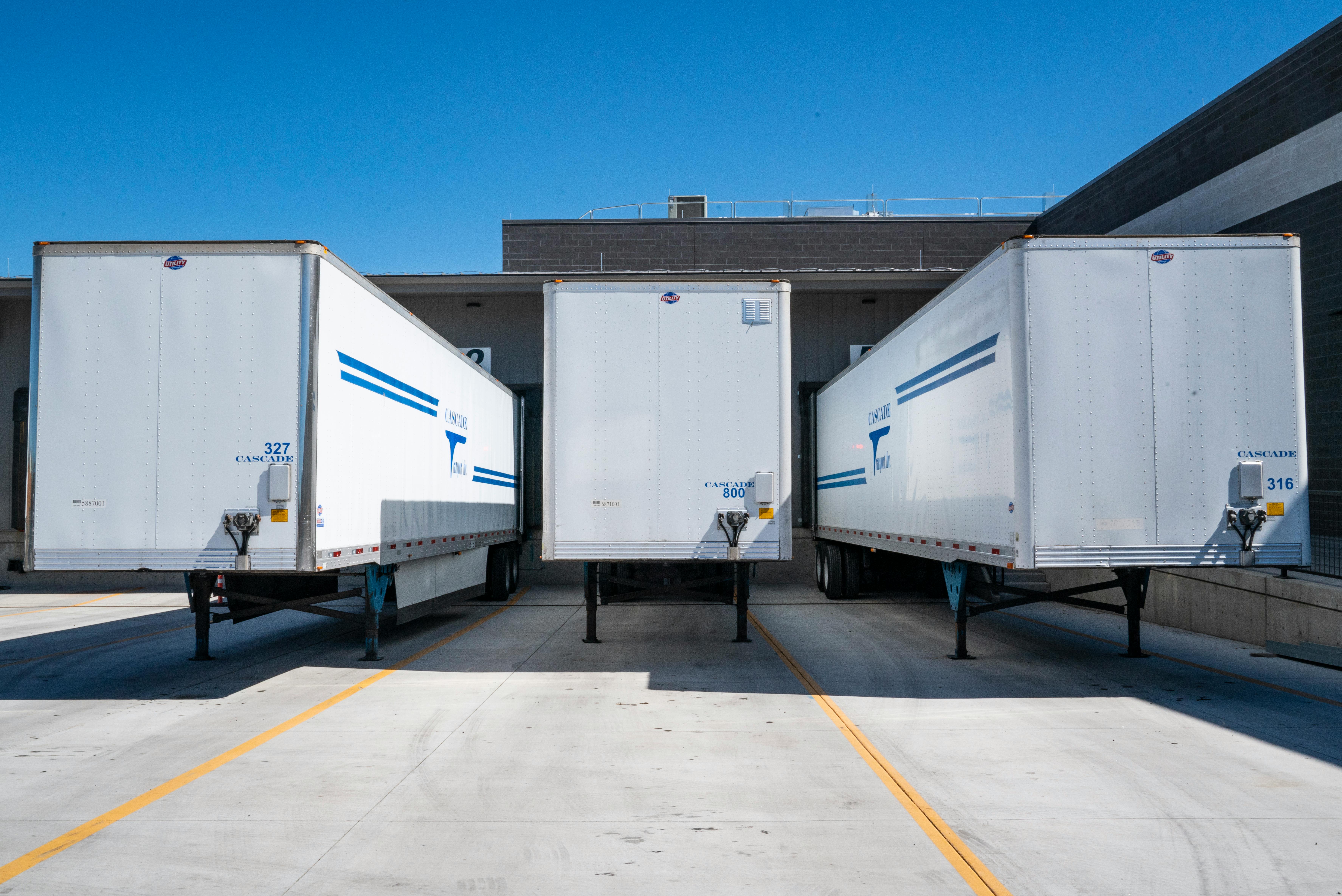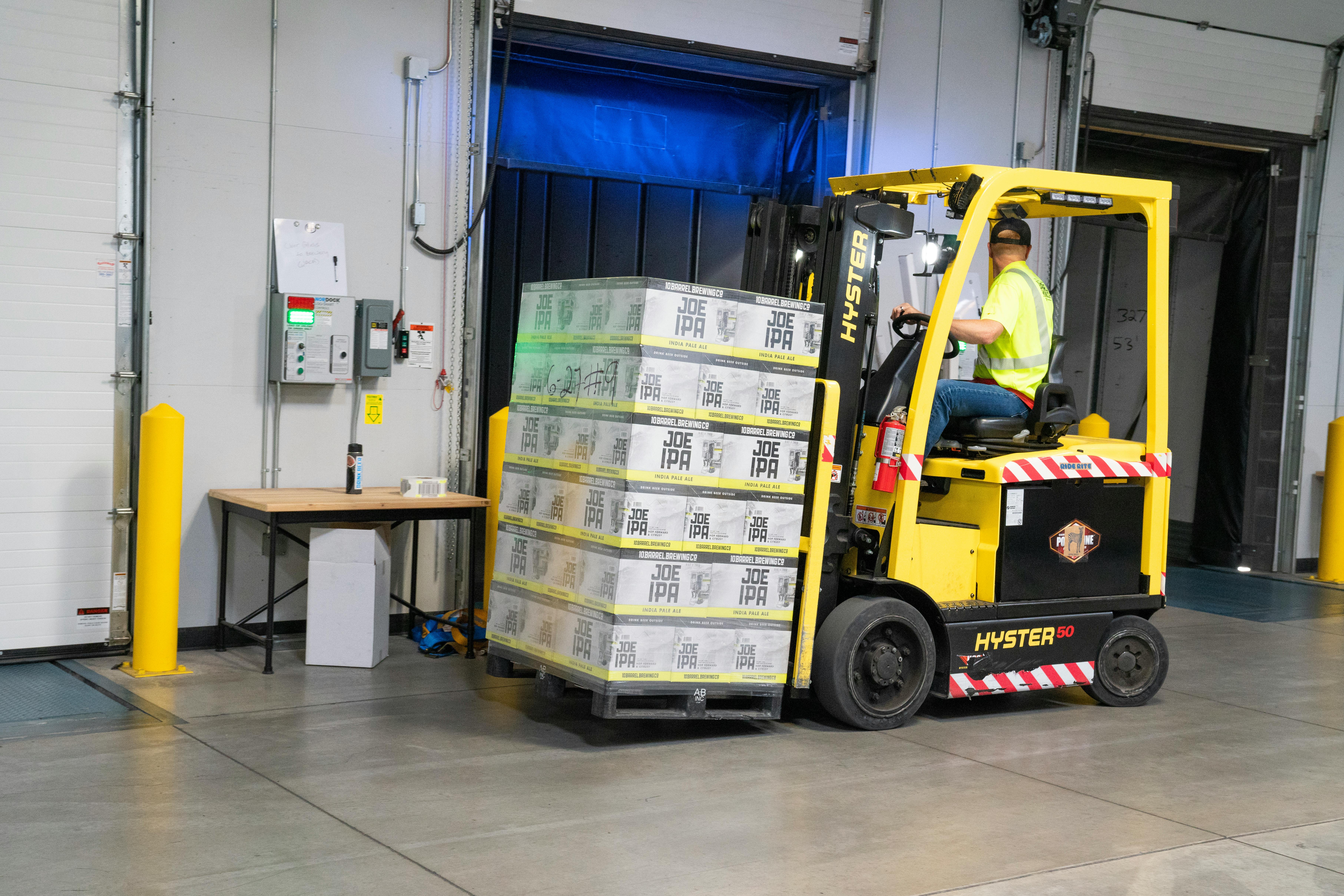Exhibition Freight & Customs in Japan
Author
Chan
Date Published

Freight management in Japan depends on methodical coordination. Every crate, display, and sample must align with customs documentation, delivery timing, and venue access rules before it can reach the show floor. While Japan’s logistics networks are world-class, its exhibition protocols are tightly sequenced, leaving little room for improvisation.
Foreign exhibitors often underestimate how customs timing, warehouse staging, and drayage rules interact. Missing any one link such as incorrect import classification, late delivery window, or floor-load violation can cause rejections or demurrage.
This guide walks through every step needed to move show freight smoothly in Japan, covering import methods, warehouse handling, venue access, post-show returns, and timeline planning. Each section explains the logic behind the rule so planners can meet local expectations confidently.

ATA Carnet vs. Temporary Import: Pros and Cons
Choosing the correct import method determines how efficiently your freight clears customs and whether it incurs duties. Japan accepts both ATA Carnet and temporary import, but their usage depends on whether goods will re-export intact or remain in Japan after the event.
ATA Carnet | Temporary Import | |
|---|---|---|
Pros |
|
|
Cons |
|
|
Best For |
|
|
ATA Carnet shipments typically clear faster through Narita, Haneda, and Kansai, while temporary imports are preferred for hybrid or partially consumable shipments. Accuracy in item value, labeling, and documentation remains critical under both systems.
Key points:
- Use Carnet for reusable and display-only freight.
- Choose temporary import for distributed or consumable goods.
- Match declared values precisely with manifests.
- Confirm customs inspection slots early.
Checklist for planners:
I include a clause requiring customs brokers to provide clearance confirmation 72 hours before arrival to prevent port storage delays. Planners should lock the import method during freight quotation to align documentation, schedule, and venue move-in approvals.

Advance Warehouse and Marshaling Yards
Every major venue in Japan operates under strict delivery staging systems. Freight rarely moves directly to the hall. Instead, shipments first go through advance warehouses or marshaling yards where they are checked, labeled, and queued. This maintains orderly traffic and ensures every truck entering the venue has a verified time slot.
Warehouses open several days before setup. Each shipment receives an assigned slot and handling code. Trucks must arrive within that window or face rebooking. These staging facilities near Tokyo Big Sight, INTEX Osaka, and Pacifico Yokohama are essential for safety, sequencing, and congestion control.
Key points:
- Staging is mandatory for large exhibitions.
- Delivery slots must be pre-booked.
- Warehouse handling adds cost per cubic meter.
- Late arrivals risk next-day unloading.
Checklist for planners:
I insert a clause requiring forwarders to guarantee warehouse release before the first move-in day. Planners should integrate warehouse and venue timing into one continuous schedule to prevent idle crew hours.
Venue Drayage, Dollies, and Elevator Limits
Once freight reaches the venue, access rules become highly specific. Drayage is the process of transferring from dock to booth and it is managed by the venue’s appointed contractor. Outside drivers cannot operate forklifts without registration, and all dollies must use rubber wheels to protect flooring. Heavy exhibits require advance approval based on floor-load data.
Multi-level venues in Tokyo and Osaka have narrow docks and limited elevators. Any oversized or overweight crate can delay access for an entire section. Clear communication of crate dimensions and total weights avoids costly rescheduling.
Key points:
- Only approved contractors may handle in-hall freight.
- Elevator and ramp clearances are strict.
- Heavy items need pre-authorization.
- Overtime must be pre-approved.
Checklist for planners:
I specify in logistics contracts that venue contractors must confirm routes and lifting limits in writing before move-in day. Planners should include buffer hours in setup schedules for safety checks and elevator sequencing.

Post-Show Returns and Storage
Teardown in Japan is systematic and controlled. Crates can only re-enter once halls officially close, and outbound trucks follow strict queue scheduling. Temporary storage facilities near major venues handle repeat-event or domestic transfer freight efficiently.
ATA Carnet goods must be revalidated for customs exit, while temporary imports need export permits to close documentation. Missing these filings can create penalties or future shipment restrictions.
Key points:
- Re-export validation is mandatory before shipment leaves Japan.
- Overnight hall access is limited.
- Documentation errors delay clearance.
- Storage near venues available for long-term reuse.
Checklist for planners:
- Book pickup slots before teardown.
- Separate return and disposable freight.
- Keep digital copies of all customs records.
- Validate Carnet or export permits on-site.
I include a clause requiring freight partners to submit signed customs exit proofs within three business days post-event. Planners should finalize outbound paperwork before dismantling begins to ensure smooth port handling.
Sample Timelines and Cost Drivers
Efficient freight management in Japan relies on a clear sequence. The table below outlines a typical 12-week cycle for overseas exhibitors using ocean freight.
Stage | Weeks Before Show | Main Actions | Primary Cost Drivers |
|---|---|---|---|
Documentation & Booking | 12–10 | Finalize Carnet or import filings; book carrier | Broker fees, document translation |
International Transport | 10–6 | Ship cargo by sea or air | Freight rate, insurance |
Customs Clearance | 6–4 | Inspection and release | Port storage, customs inspection |
Advance Warehouse | 4–1 | Labeling, slot scheduling | Handling, forklift labor |
Venue Delivery & Setup | Show week | Drayage, booth delivery | Union labor, overtime |
Teardown & Re-export | +1–2 weeks | Dismantle, file export docs | Trucking, broker fees |
Optional Storage | Post-show | Store for next event | Daily rate, insurance |
This cycle highlights where time and costs cluster i.e., customs and warehouse stages carry the greatest risk of delay. Maintaining accurate documentation and proactive broker coordination keeps both phases predictable.
Key points:
- Plan freight at least twelve weeks in advance.
- Customs and warehouse stages drive total cost.
- Marshaling and drayage fees peak during large expos.
- Re-export filing closes the budget cycle.
Checklist for planners:
I include a clause in freight agreements requiring cost transparency by stage to confirm operational efficiency. Planners should conduct pre-event logistics simulations to identify time-sensitive points and adjust budgets early.
FAQs
1. Do Japanese customs require the original ATA Carnet for clearance?
Yes. The original document must accompany the shipment; scanned copies are not accepted for initial inspection.
2. Can consumables or printed materials be shipped under a Carnet?
No. Anything consumed or distributed must be processed under temporary import with duties applied.
3. Are forklifts and operators included in venue rental?
No. Drayage and lift services are contracted separately and billed per ton or shift.
4. How far in advance should freight be dispatched for Japan shows?
Ocean freight should depart at least twelve weeks before show date. Air freight may move within six to eight weeks depending on clearance capacity.
5. What happens if cargo misses its unloading window?
It must rebook the next slot, often the following day, and may incur storage or overtime handling fees.
Conclusion
Japan’s freight system rewards precision over improvisation. Every stage follows established rules designed for safety and efficiency. Selecting the right import method, scheduling warehouse slots accurately, and aligning drayage timing create the difference between smooth delivery and overnight delays.
Planners should finalize logistics twelve weeks before shipment, verify all handling instructions with brokers and venues, and maintain real-time communication across customs, warehouse, and drayage teams for seamless show operations.
Submit your freight details or event schedule using the form below to receive a customized handling checklist, import timeline, and indicative cost matrix within seven business days.